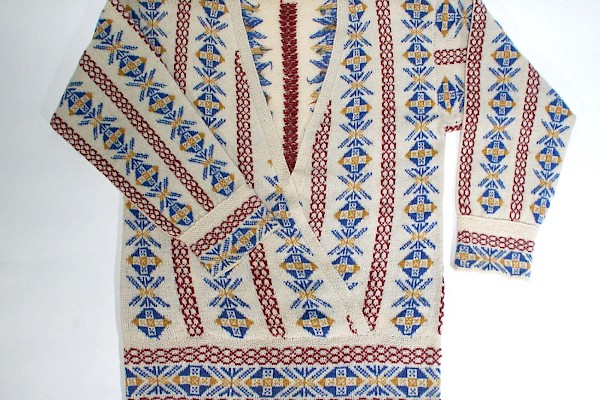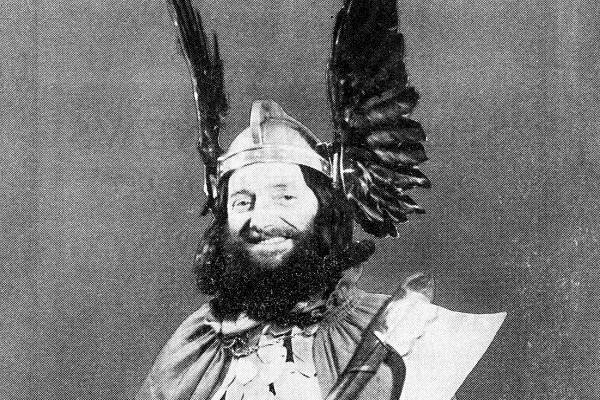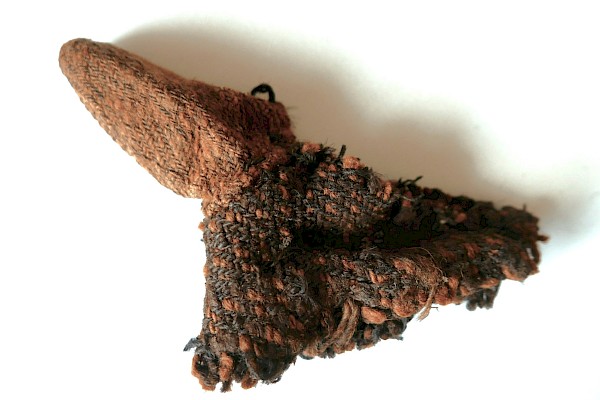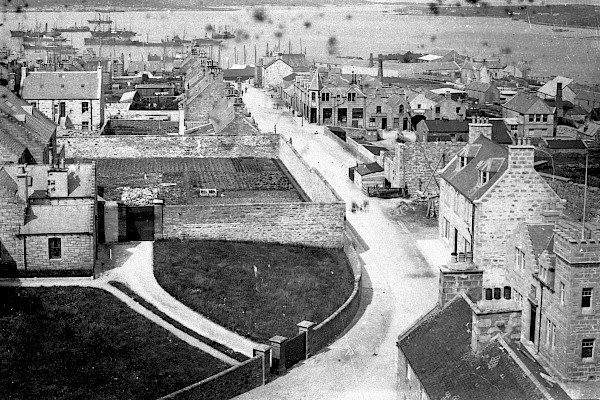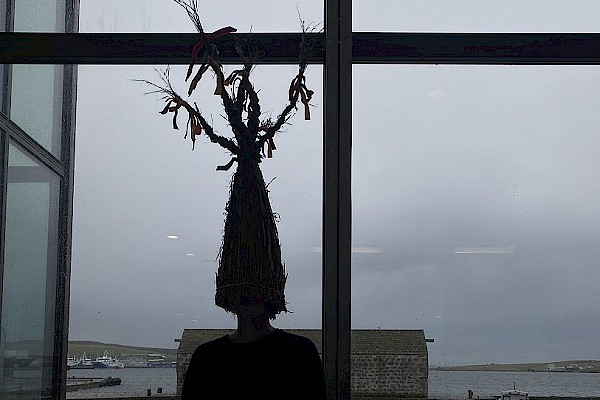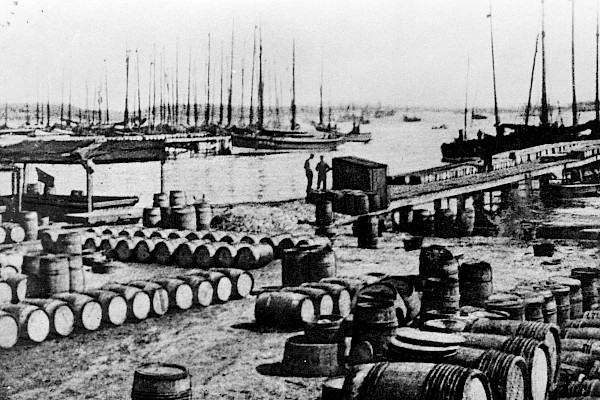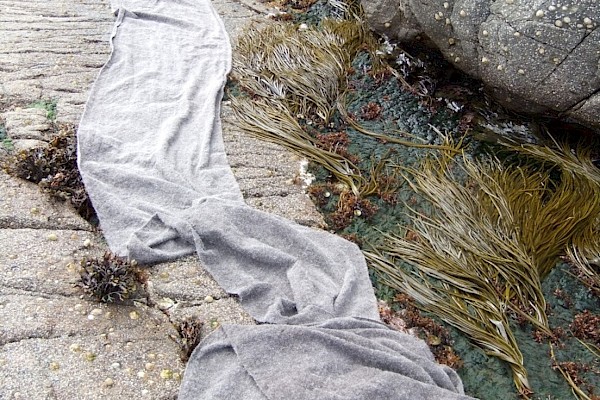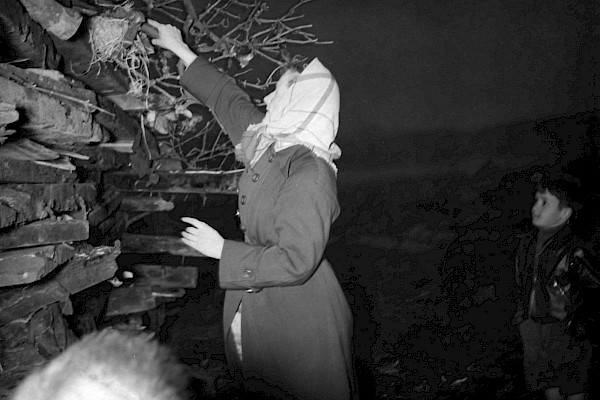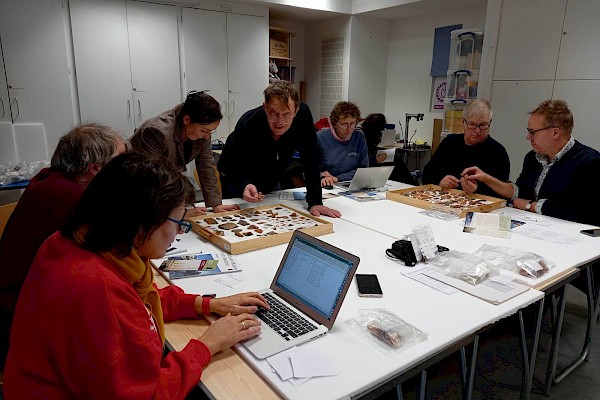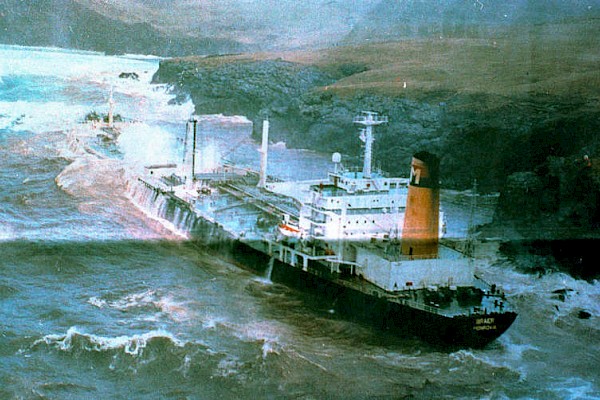A historical walk to Culsetter
There is much more to Shetland than the popular places where people go: the Hams of Muckle Roe and the Sands of Breckon, for instance.
A new favourite of mine is the little township of Culsetter in Delting. When I went there, last month, I started at the Muckle Roe brig and walked north. I went home via Mavis Grind. It is a splendid, not too arduous walk.
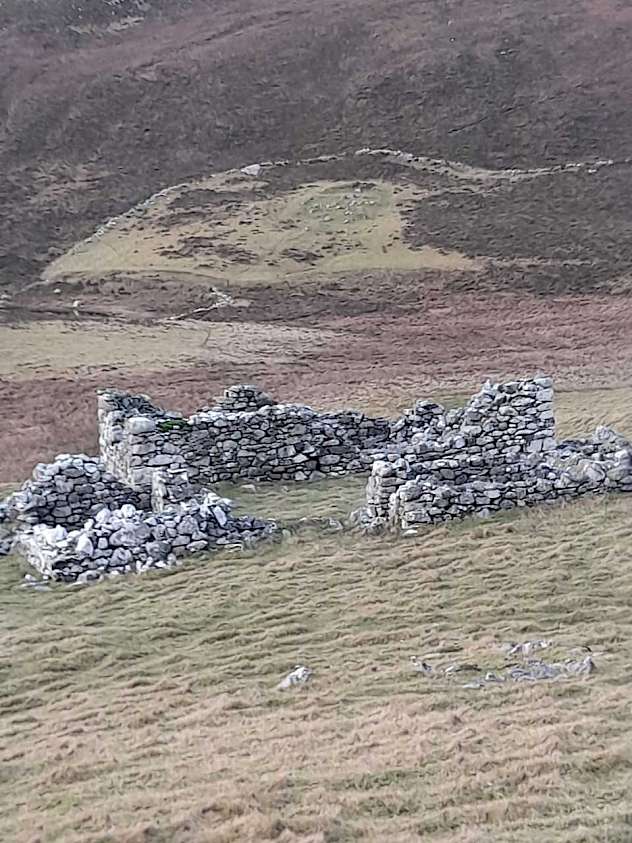
Culsetter is over the hill from Busta, and in 1756 was described as a ‘pendicle’ of that place. You would think that the proprietors of Busta would always have owned Culsetter as well, and the even smaller place called Houll to the south.
But these little places have a more interesting early history. Culsetter comprised six merks of arable land, the normal size of a viable Shetland township. A place that size could support a family or two. But neither Culsetter, nor Houll (three merks of land) paid scat – tax – and that implies that the two places only came into existence around 1500 or so.

In the 16th century both Culsetter and Houll belonged to the kirk of Waas. No doubt some pious landowner had donated them to the Waas parish at an early date. In 1576 the minister of Waas, with permission from the bishop, sold them to Malcolm Sinclair of Quendale.
You can imagine that a proprietor in Dunrossness might not relish the long journey to Delting to collect a small amount of rent. In 1621 the then laird of Quendale sold Culsetter and Houll to John Gifford of Waddersta. They remained in the Giffords’ possession for more than 300 years.
I have a feeling that at some points during the next 150 years the Giffords rented out Culsetter to their own not-so-well-off relatives. In 1755, for instance, Thomas Gifford of Busta, the most prominent landowner in Shetland, leased it to Laurence Gifford, a mason, and Andrew his son.
The presence of stonemasons on site did the place no harm. The main house there is very well-built and preserved, and so is the extensive hill dyke.
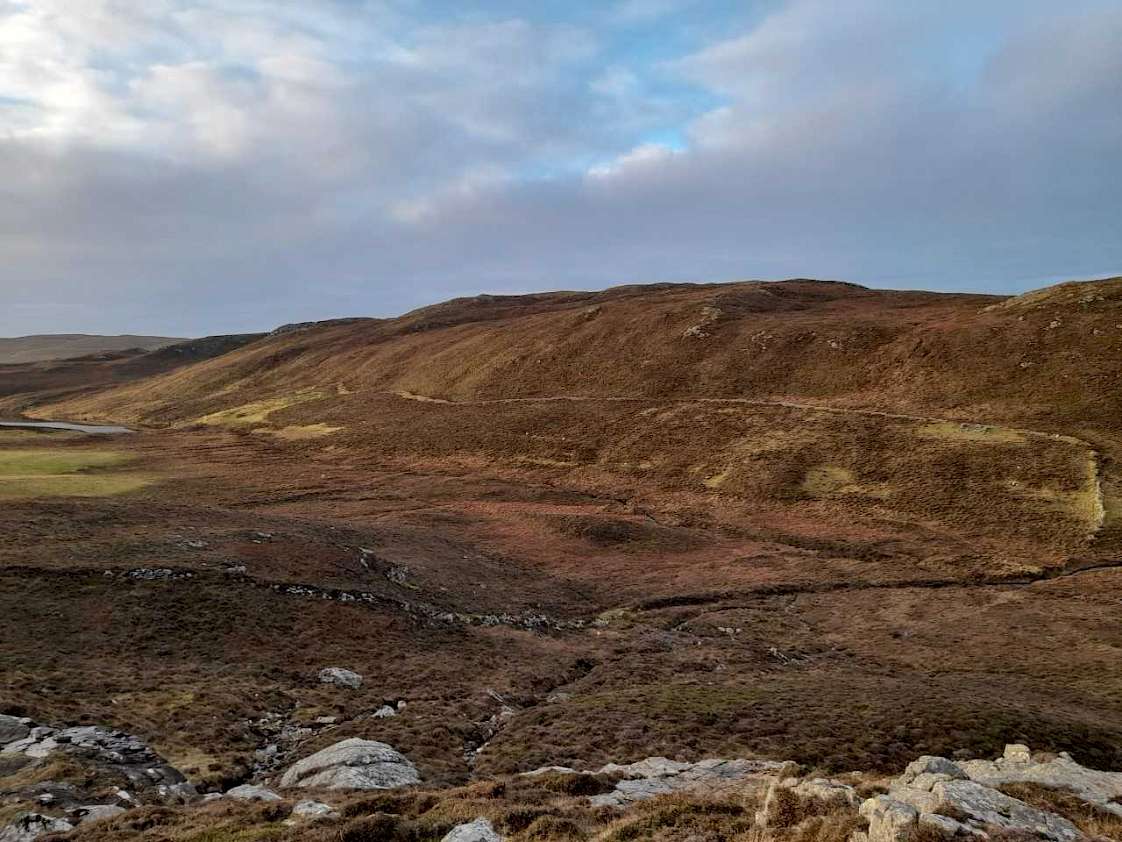
That is despite the fact that Culsetter was abandoned as long ago as 1837, a very early date for a Shetland township to become unoccupied. There’s a story that there was an outbreak of typhoid at Culsetter. That might have made the people leave. One family went to nearby Houll, and the other across Busta Voe to Burravoe at Brae.
Small or large, every township in Shetland has its own history. The story of Culsetter is unusual, and a stroll to the little place is a tonic.
I am grateful to Alan Beattie, Jane Manson and Ian Tait for information
